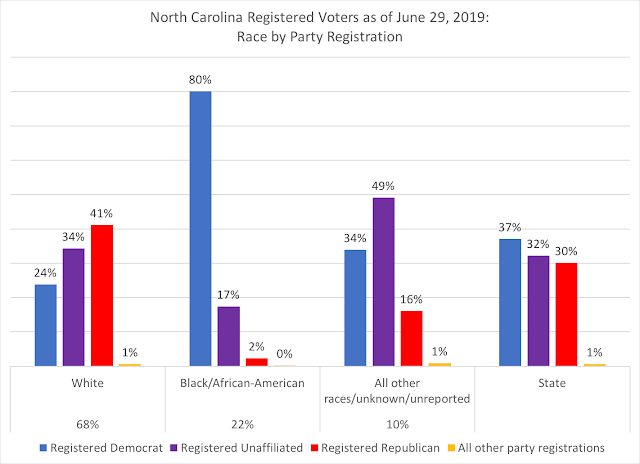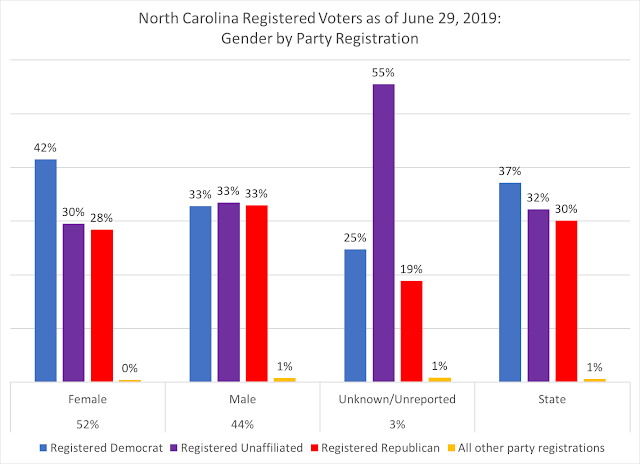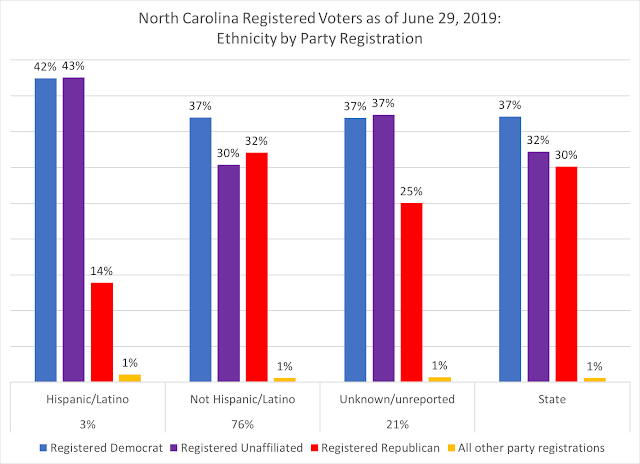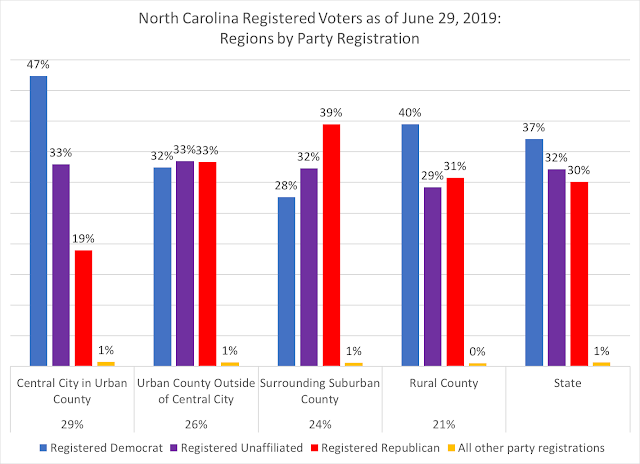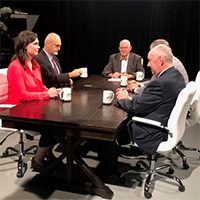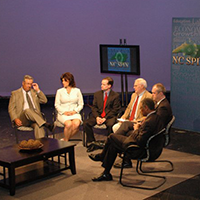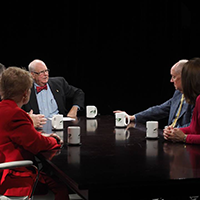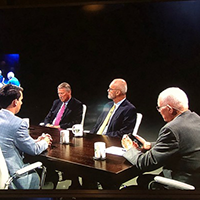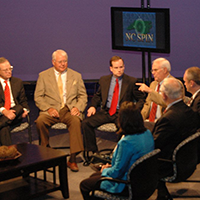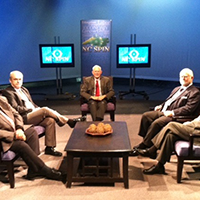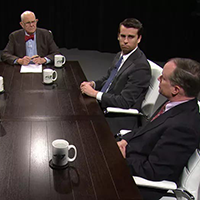Where the NC voter pool stands halfway through 2019
Published July 4, 2019
With the first half of 2019 in the books, and as we get closer to the 2020 election year, here's an overview of the 6.6 million registered voters in the Old North State, as of June 29, 2019.
Currently, the party registration breaks down as 37 percent registered Democrat, 32 percent registered unaffiliated, 30 percent registered Republican, and 1 percent registered the other parties (Libertarian, Green, and Constitution).
When breaking down different factors based on party registration, there continues some intriguing patterns to the voter pool.
Within NC's voter pool, white voters make up 68 percent, with Black/African-Americans at 22 percent and all other races (Asian, Native Indian, Multi-racial, and other races) at 10 percent.
The party breakdowns by each racial category is:
Within the party registrations, registered Democrats are a majority-minority party:
Not surprisingly, registered Republicans are 93 percent white, while unaffiliated registered voters are slightly more white than the state breakdown.
Party Registration and Gender:
Within gender, women make up 52 percent of the state's voters:
The 42 percent registered Democratic within women is due to the large percentage of black/African-American voters; 83 percent of black/African-American women are registered Democratic. Men are evenly split among the three major registration groups.
Party Registration and Ethnicity:
Hispanic/Latino voters are 3 percent, or a little under 200,000 out of the 6.6 million registered voters, and are either registered Democrats or unaffiliated:
Among the party registrations, both registered Democrats and unaffiliated show that influence, though the number of voters who did not report or decided not to answer the ethnicity question on the voter registration form may influence the overall distribution.
Party Registration and Generation Cohorts:
Of the 6.6 million registered voters, 34 percent are under the age of 38: Millennials (those age 23-38) and Generation Z (18-22 years old).
The generational-party registration pattern has continued, with younger voters selected "unaffiliated" more than the party registrations. Generation Z is inching close to nearly half of them selecting neither party, while 30 percent are registering Democratic and 22 percent Republican.
Among the party registrations, 44 percent of unaffiliated voters (again, nearly one-third of the 6.6 million registered) are Millennials or Generation Z, while 31 percent of registered Democrats are under the age of 38 and 27 percent of Republicans are among the two youngest generational cohorts.
Only 30 percent of registered unaffiliated voters are Baby Boomers or older (age 55 or older), compared to 45 percent of registered Democrats and 47 percent of registered Republicans.
Party Registration and Regionalism:
Among North Carolina's urban/suburban/rural regions, the divide between central city urban cores and surrounding suburban counties is clear. This classification is based on the OMB's categories of Metropolitan Statistical Areas, with central urban cities, the surrounding areas outside the central core city limits but still inside an urban county, surrounding suburban counties, and then rural counties.
Almost half (47 percent) of central urban city voters are registered Democrats, compared to only 19 percent registered Republicans.
Conversely, surrounding suburban counties are almost 40 percent registered Republican to 28 percent registered Democratic. Of the areas within an urban county but outside the central urban city, the parties are evenly divided with unaffiliated voters.
Among the parties, the regional compositions show an important facet to the politics of the state:
Democrats have well over a third of their registered voters in central cities, with less than 20 percent in surrounding suburban counties. Conversely, the plurality of registered Republicans are in the surrounding suburban counties, but only 18 percent in central cities. Unaffiliated voters show a step-down progression, from central cities to rural counties.
Generations and Race:
I decided to explore the voter registration data by some other combinations, first with generations and race. As the country demographics continue to diversify, North Carolina's voter pool reflects that dynamic as well:
Generation X, those between the ages of 39-54, appear as the "bridge" between older and younger voters, by reflecting the state's percentages as a whole. Younger voters, especially the emerging Generation Z, are less white, while at least three-quarters of older voters are white. This dynamic also plays out when looking within the racial categories and the generation distributions:
With 42 percent of voters of color under the age of 38, the generational replacement will continue to shift the potential NC electorate towards a less-white voter pool.
Regions and Generations:
Next I looked at the intersections of regions and generations, thanks in part to this Wall Street Journal article about Millennials now moving to the suburbs.
Among North Carolina registered Millennials, 38 percent of them are in central cities, while only 20 percent are in surrounding suburban counties. Generation Z, in comparison, have only a third in the central cities, and more distributed in the other three regions.
Because of the concentration of Millennials in central cities, over one-third of central city voters are registered Millennials voters.
For suburban areas of the state (both within an urban county but outside the central city, along with the surrounding counties), Baby Boomers are one-third of all registered voters.
Nearly half of registered voters in rural counties (47 percent) are over the age of 55 years.
Finally I looked at the new registered voters since 2016's presidential election for each month over the past two and half years by generational cohorts:
As we enter the second half of 2019 and watch the numbers of new registrants, the question becomes how much more diversification with the potential North Carolina electorate will we see, along with seeing if the potential electorate reaches 7 million registered voters. Expectations are that the 2020 election will see considerable interest, and if 2018's mid-term election (with 53 percent registered voter turnout) is any indication, new records may be set for the Old North State's electorate come November 2020.
